Technical Publications | March 1, 2018
Exploring the potential of food forestry to assist in ecological restoration in North America and beyond
Park et al., 2018 – Restoration Ecology
ViewA Food Forest is a multi-layered diverse garden in which every plant serves several interconnected purposes. The plants are chosen for several reasons-some of which include food production, nitrogen fixing, creating mulch for soil building, and feeding pollinators. In an effort to mimic a natural forest the plants are grown in various layers: Canopy, shrub, herbaceous layer, vining layer, rhizome layer and ground cover. A Food Forest needs less inputs including time, water and fertilizer in order to sustainably produce food and other products.
The Galiano Conservancy’s Food Forest was established in winter of 2015. We harvest in season produce such as greens, herbs, edible flowers, root vegetables and berries regularly in order to supply local restaurants, and caterers with a diversity of locally adapted crops. We also harvest throughout the season to produce our Forest Garden Tea brand.
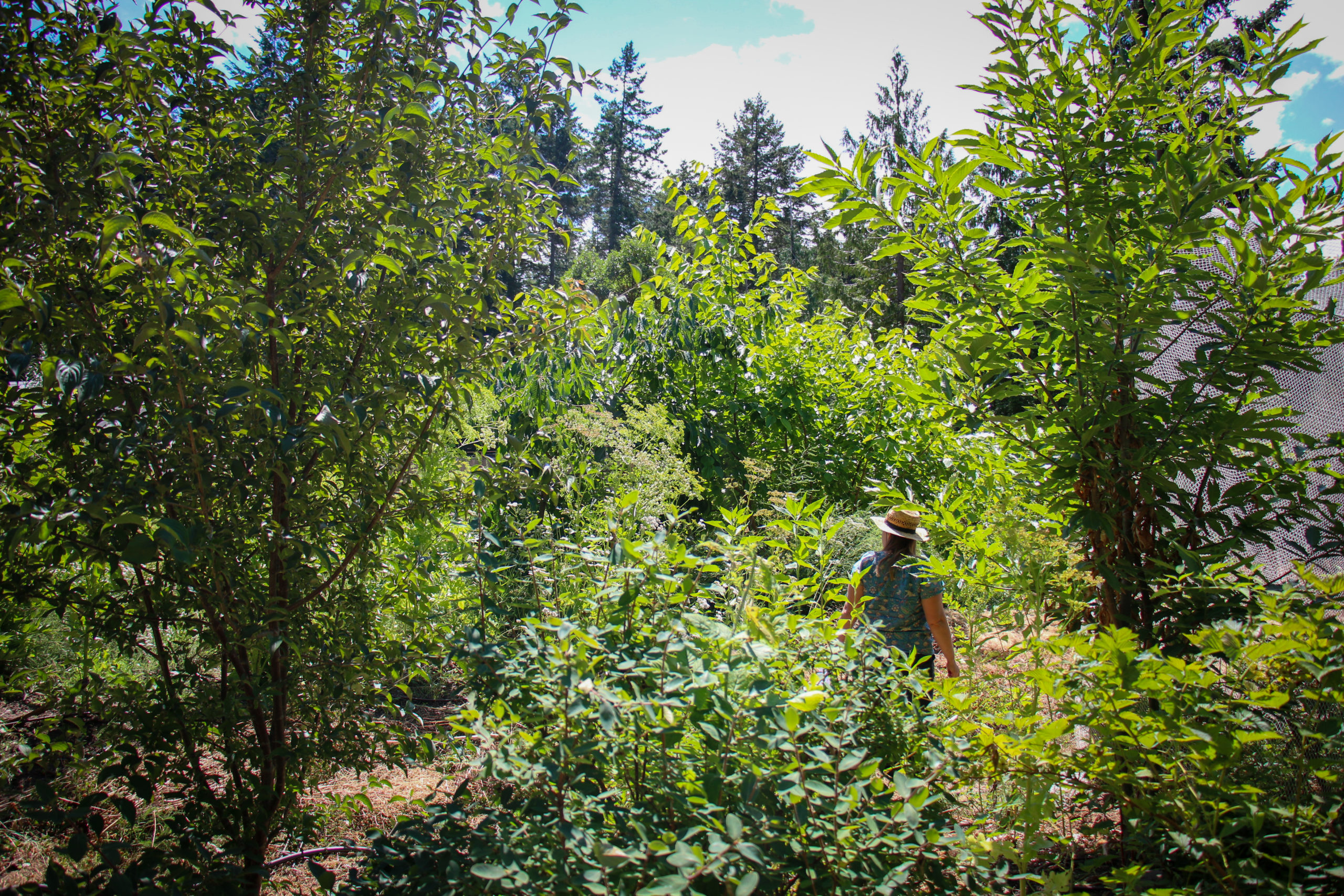
The Food Forest can be a busy place! Visitors to the Millard Learning Centre can make a hike out to it part of their visit. There are groups of kids taking part in programs such as Food Forest Wonderland, as well as adult education programs, including our spring and fall Herbal Harvest workshops. There is always something to learn for all ages at the Food Forest.
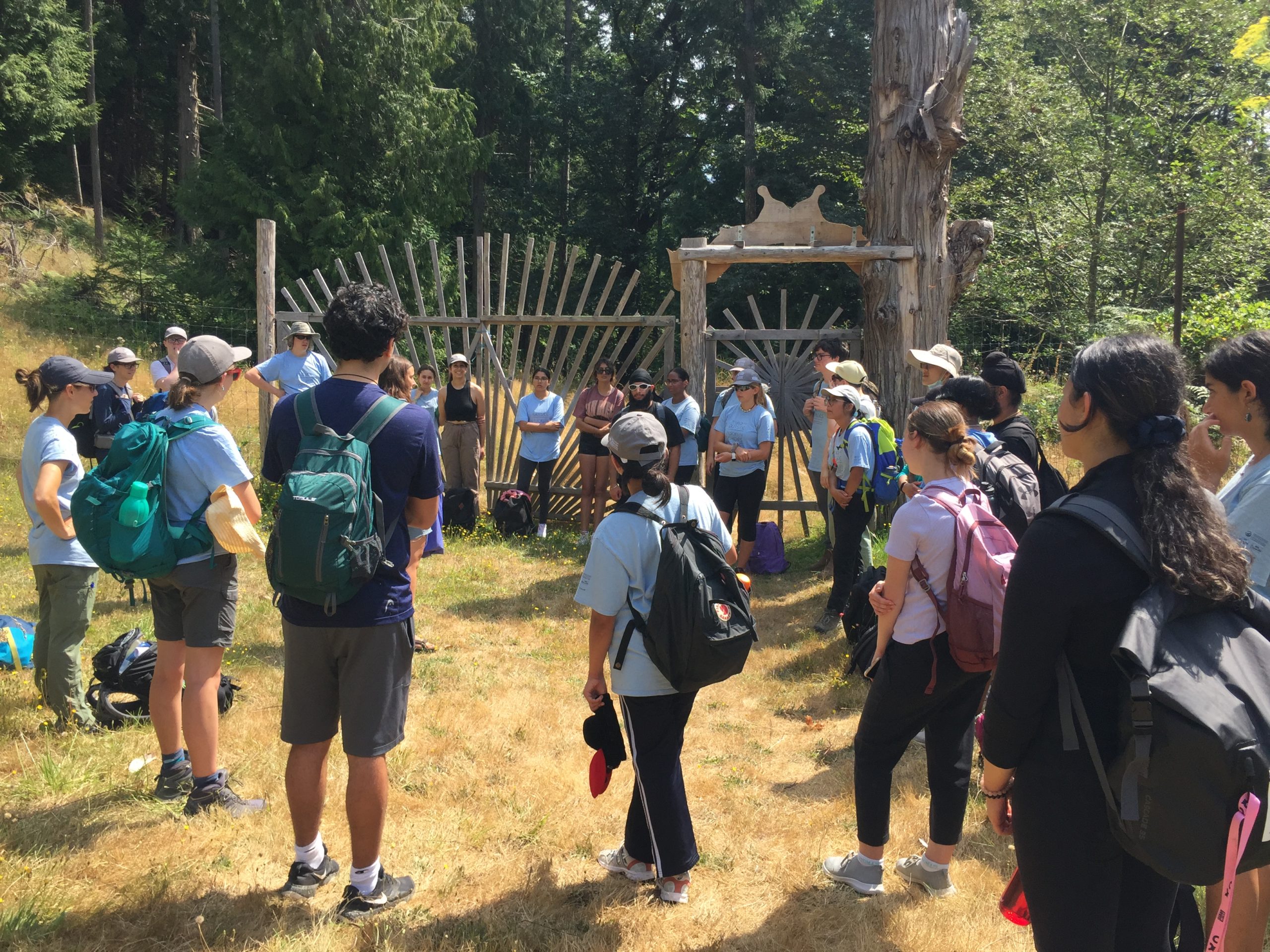
If you’d like to get involved in the Food Forest, the Sustainable Food Systems team holds weekly volunteer days:
We also provide drop-in compost education on Thursdays at our Compost Hotspot. For school groups, check out our Food Forest Wonderland program. Click below for more information on volunteer opportunities.
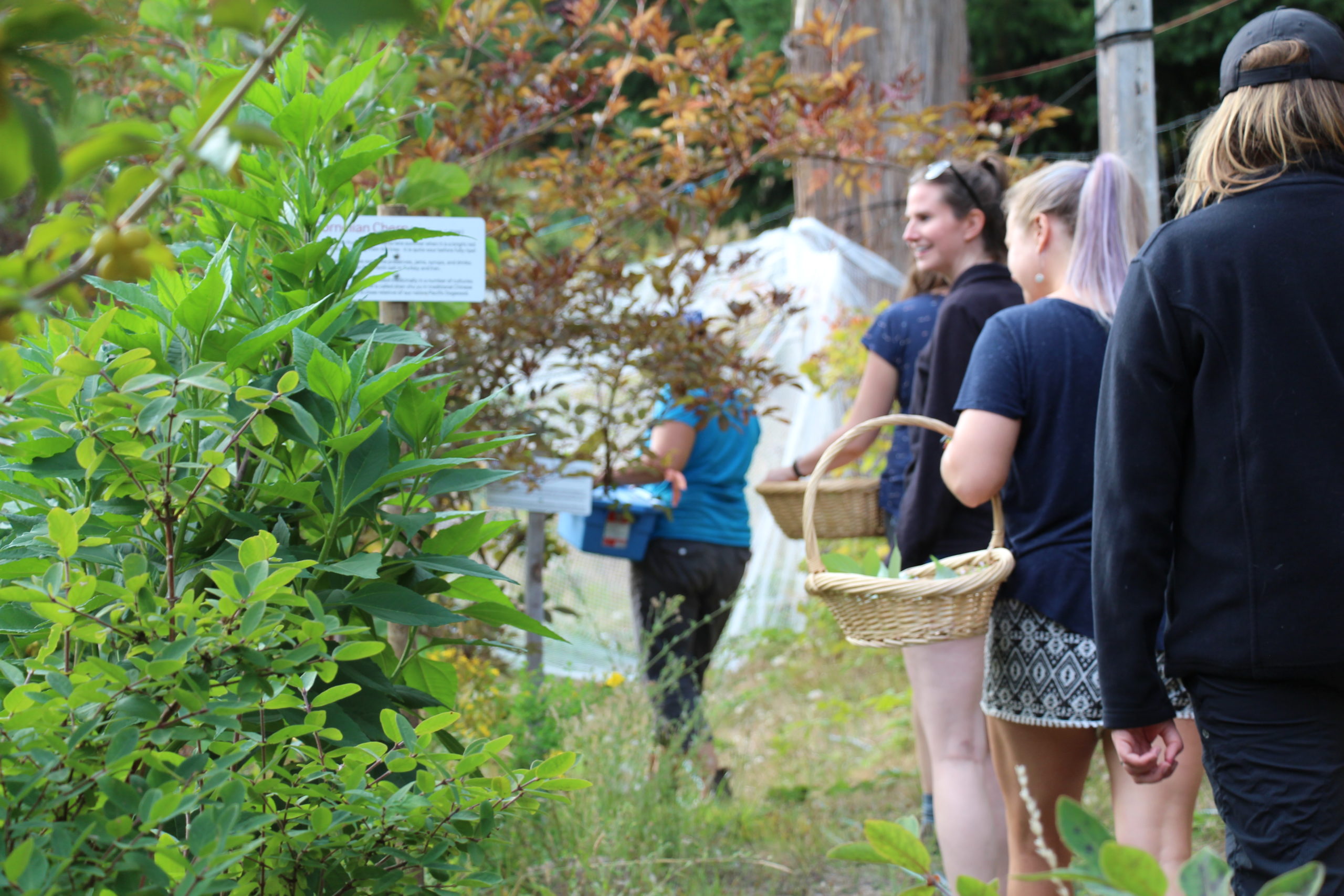
The Community Food Forest is an evolving project that has involved many people. Learn how it came to be, and how it may grow into the future.
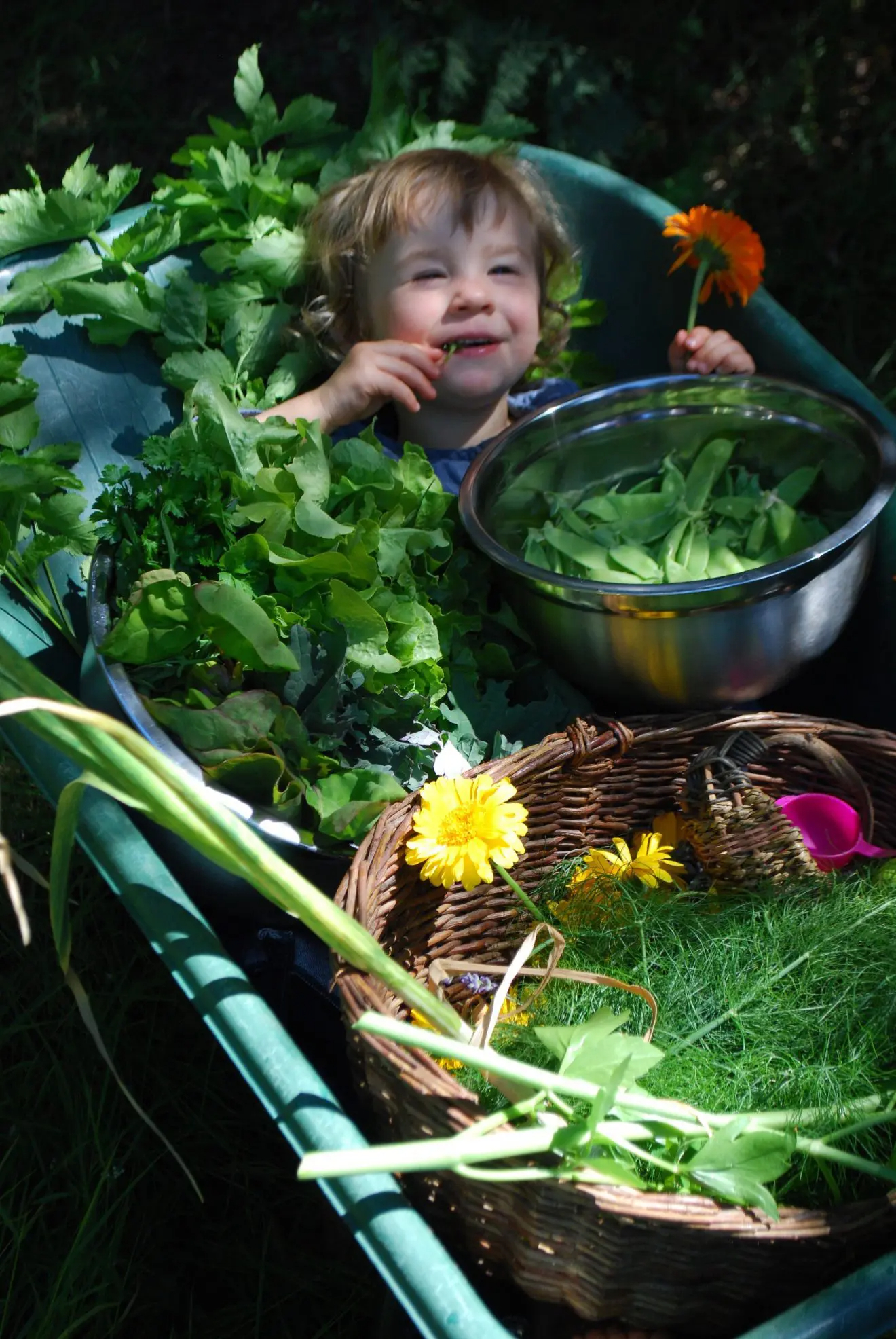
In 2019, GCA staff and volunteers installed composting infrastructure at the Food Forest, including a worm bin, 3-bin hot compost, bokashi bins, and passive composters. Visitors to the Food Forest can learn about which system will be right for them in person during our Thursday volunteer sessions, or consult our helpful guide online.
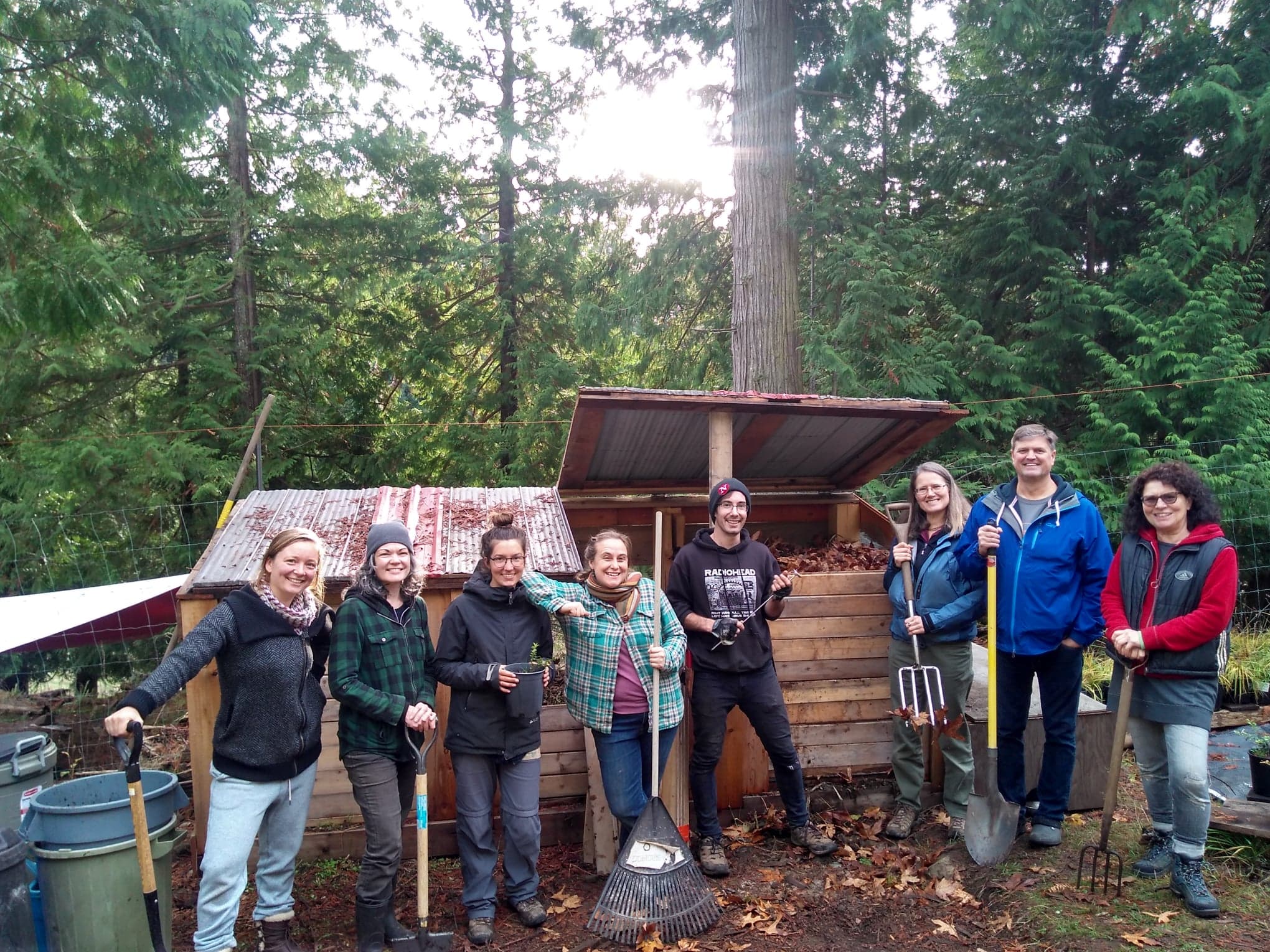
The Galiano Food Forest has evolved over the years, and so many people have helped it to grow. You can explore this transformation through media.
Explore the following resources to learn more about the Community Food Forest.
Park et al., 2018 – Restoration Ecology
ViewPark & Higgs, 2018 – Environmental Monitoring & Assessment
ViewPark, 2016 – Masters Thesis
View